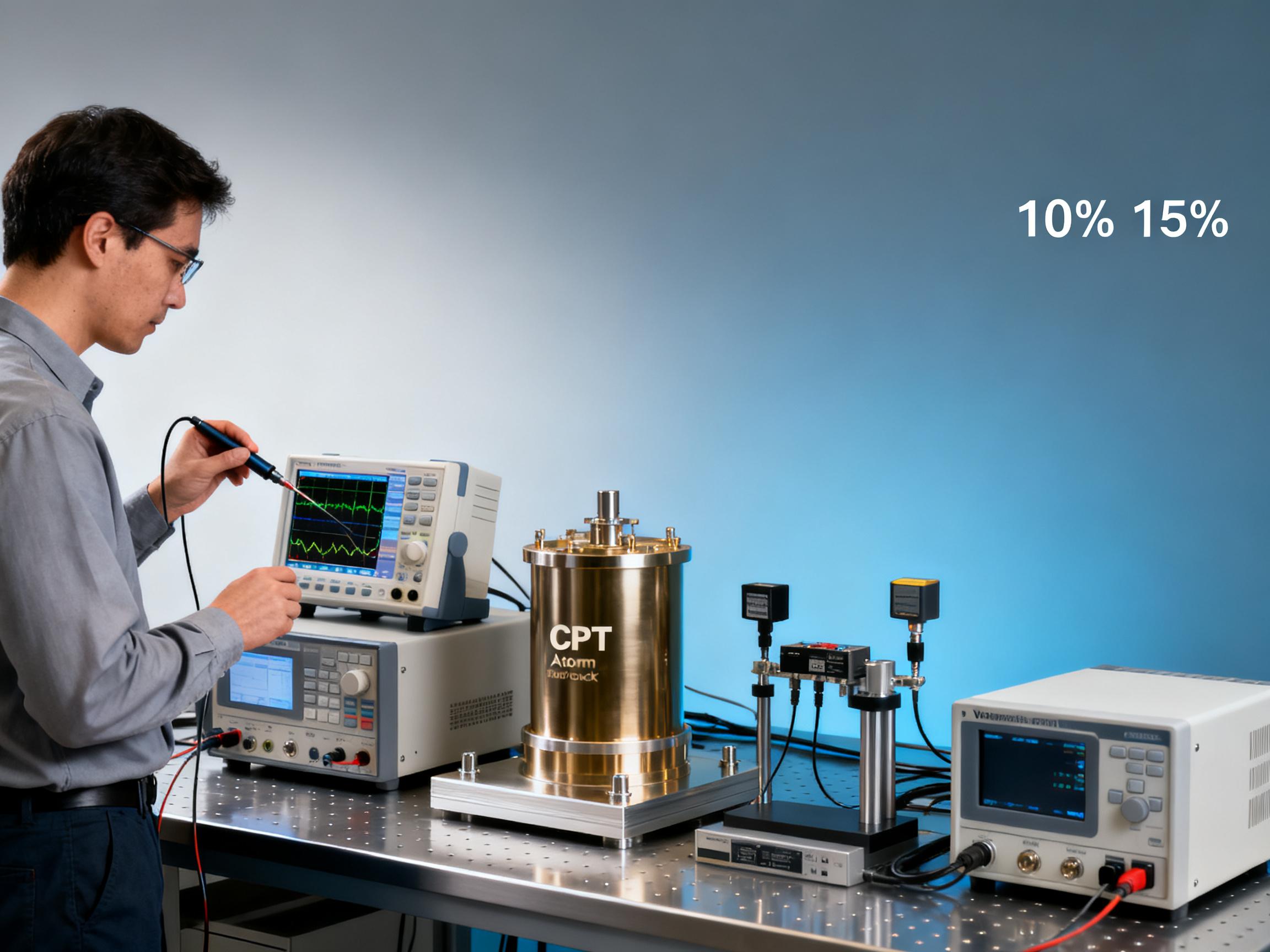RELATED
![How CPT Atomic Clocks Reduce OPEX in 5G Base Stations [Real Data] How CPT Atomic Clocks Reduce OPEX in 5G Base Stations [Real Data]](https://usimg.bjyyb.net/grey.png?x-oss-process=image/resize,m_fixed,w_800,h_600,limit_0) How CPT Atomic Clocks Reduce OPEX in 5G Base Stations [Real Data]2025-12-11
How CPT Atomic Clocks Reduce OPEX in 5G Base Stations [Real Data]2025-12-11 2024 CPT Atomic Clock vs Rubidium: Which Offers Better Stability for Telecom Networks?2025-12-08
2024 CPT Atomic Clock vs Rubidium: Which Offers Better Stability for Telecom Networks?2025-12-08 Live Demo Results: CPT Atomic Clock Performance Under Harsh Environmental Tests (Data Inside)2025-12-05
Live Demo Results: CPT Atomic Clock Performance Under Harsh Environmental Tests (Data Inside)2025-12-05 Budgeting for Precision: Total Cost of Ownership for a Rubidium Atomic Clock Over 5 Years2025-12-03
Budgeting for Precision: Total Cost of Ownership for a Rubidium Atomic Clock Over 5 Years2025-12-03
MESSAGE
Introduction and Technology of Rubidium Clocks
Rubidium clocks, also known as rubidium atomic clocks, are synchronous clocks that combine high precision and high reliability. Their core technology lies in the close integration of stable rubidium oscillators with the high-precision time dissemination, frequency measurement, and time synchronization technologies of GPS. Through this innovative design, the output frequency of the rubidium oscillator can be synchronized with the signals of cesium atomic clocks on GPS satellites, thereby significantly improving the long-term stability and accuracy of the frequency signals. This enables rubidium clocks to provide a high-precision time and frequency standard comparable to that of cesium clocks, making them an ideal alternative to cesium clocks for departments such as communications and radio and television, while also optimizing the cost-performance ratio.
Working Principle
The internal structure of a rubidium atomic clock mainly includes multiple modules such as a single-chip microcomputer circuit, a servo circuit, a microwave frequency multiplication circuit, a frequency modulation, and a frequency multiplication synthesis circuit. Its working principle is based on the transition between the ground state hyperfine energy levels, and the corresponding transition frequency is 6834.682614 MHz. During the atomic transition process, the microwave signal plays a role in frequency discrimination, and then an error signal is generated. Through the frequency adjustment of the servo crystal oscillator in the phase-locked loop, the excitation signal frequency can be locked to the atomic transition frequency, thus realizing the high stability and accuracy of the crystal oscillator's output frequency.
Module Composition
Similar to other atomic clocks, rubidium clocks also follow the energy level transition theory to measure time. When atoms absorb or release electromagnetic energy, they will make transitions according to the energy differences of different electron shells surrounding the atomic nucleus. This transition is accompanied by the release of electromagnetic waves, and the characteristic frequency is what we call the resonant frequency. Atomic clocks precisely measure time by utilizing this resonant frequency.
Comparison between Rubidium Clocks and Other Atomic Clocks
Currently on the market, atomic clock products are mainly divided into three categories: rubidium clocks, cesium clocks, and hydrogen clocks. Although cesium clocks and hydrogen clocks have higher precision, they are expensive and are mostly used in fields such as national defense satellites and scientific research metrology. In contrast, rubidium clocks, with their characteristics of high short-term stability, small size, portability, and moderate price, have been widely used in various fields.
CONTACT US
Please use the form below to get in touch.
If you need a reply we will get in touch as soon as possible.

![How CPT Atomic Clocks Reduce OPEX in 5G Base Stations [Real Data] How CPT Atomic Clocks Reduce OPEX in 5G Base Stations [Real Data]](https://usimg.bjyyb.net/sites/91500/91958/1765179857856560163985903616.jpeg)



